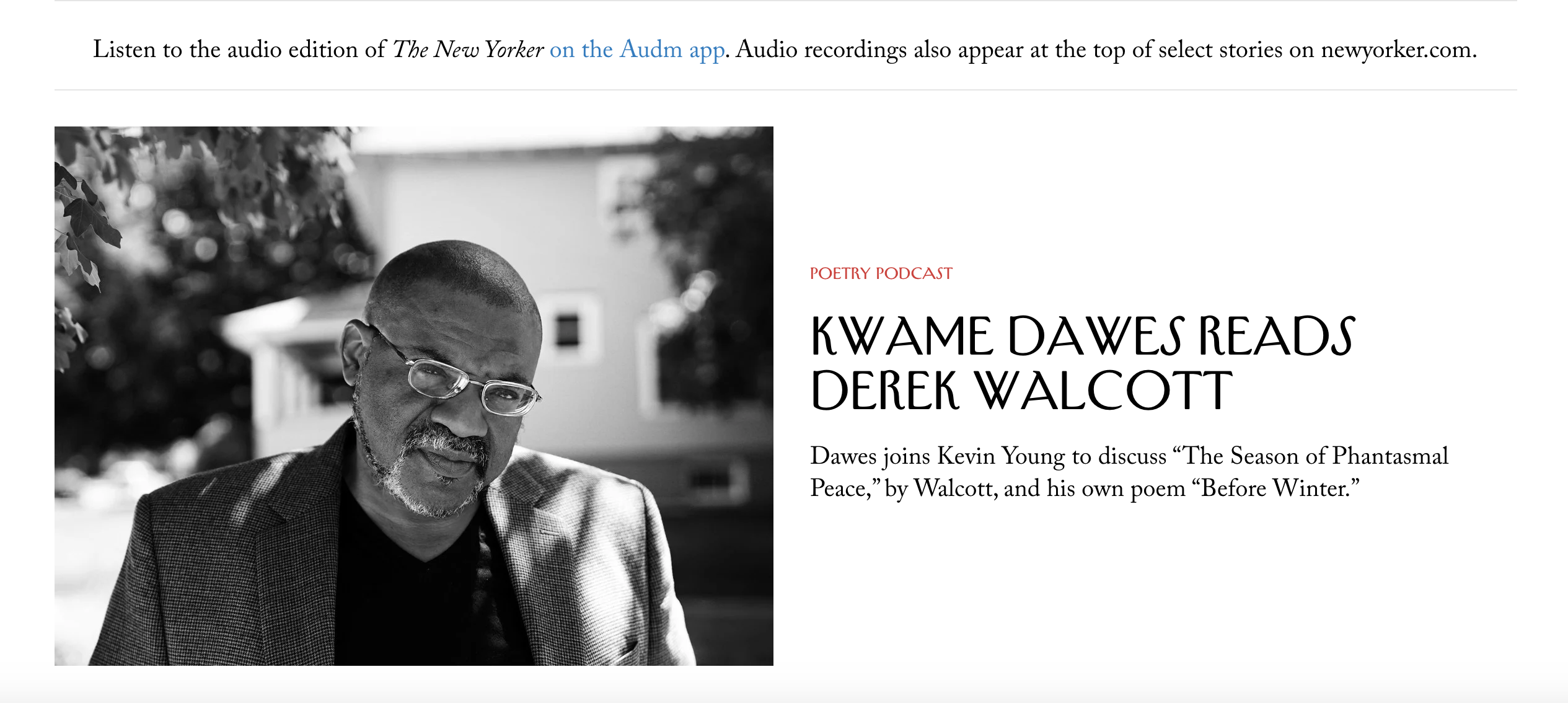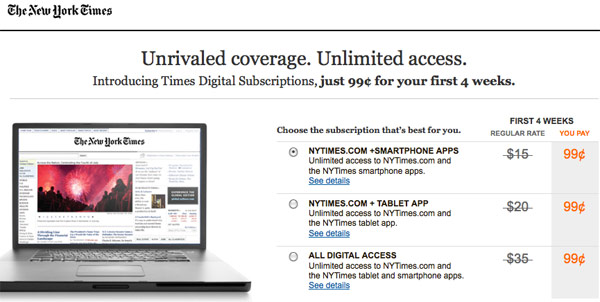Experts predict that the U.S. publishing industry’s total revenue will reach 129 billion dollars in 2023, but that doesn’t mean it’s smooth sailing.
While printed publishing is still one of the major industries for the time being, e-publishing, podcasts, and online content is growing rapidly, and disrupting standard revenue streams. Despite high market value, U.S. book publishing has shown just 1.3 percent of annual growth. The slowed growth is a sign that traditional forms of content are beginning to taper off.
By combining the old and the new, there is a path forward for publishers if they can answer these questions.
- Where does the publishing industry stand?
- How does print publishing hold up compared to the growth in digital?
- What industry trends should publishers follow to stay relevant?
Digital trends will lead the way in 2020
2019 brought a lot of negative changes to the print publishing industry. More than 9,300 bookstores closed in the U.S, which is an industry record. With traditional sales practices crumbling, companies have to embrace new ways of development.
Publishing is getting increasingly more technological, but it’s still not the most “digitally transformed” industry out there. It’s good news because it means that by doing only a fraction of digital promotion, you can already stand out in the market. Luckily for publishers, many of them are either free or very cost-efficient.
Audiobooks and podcasts are picking up steam
Over 50% of Americans aged 12 and above have listened to podcasts, and that number is on the rise in 2020. News publishers were among the first to adopt the medium. The New Yorker creates audio versions for its best stories and exclusive content which is available only in audio formats. The Guardian uses the podcast as a way to reward donors, enabling access to exclusive content.

Book publishers can use audiobooks to make stories accessible to people who don’t enjoy reading or don’t have time. The main benefit of an audiobook is that you can listen to it while doing something else—a valuable advantage for the increasing number of multitaskers out there.
The QDT network, one of the most successful podcast-producing publishers, created a podcast for Oprah’s book, and now has 10 weekly podcasts that garner 2 million downloads per month.
Sometimes, publishers go even further and use an audio-first strategy for book promotion. Steal The Stars, written by Marc Rogers, is a drama that was released in a regular podcast long before getting printed. The content was available exclusively in audio format, which attracted new audiences.
Publish content with video in mind
Video marketing is one of the most powerful trends right now. Over the last few years, we’ve seen promising cases of streaming promotional content for educational literature, fiction, magazines, and newspapers.
Let the author speak directly. Talking to the creator of the book is the easiest and one of the most efficient ways of creating a personal bond with a viewer. Oxford University makes short videos where authors speak about their discoveries and describe the process of writing a book. The method was so successful that the university now has more than 1,000 in-house workers focused on video marketing.
Give readers a taste of what they will learn. Today, readers like to know what they are getting, especially for educational and non-fictional literature. If you choose education, self-development, and growth topics, consider filming a video where you show the structure of the book and demonstrate the value that you provide.
A good example of this approach is Talk To Me In Korean, a company that has a video series of its textbook for Korean language learners. Readers get an overview of all books, published by the company, and can choose which one is the best for them.
Invite followers backstage. The popularity of vlogs have inspired book publishers to use the same strategies, learning from top YouTubers. Sharing behind-the-scenes content related to printing, promoting, and distributing a book hypes up potential readers long before the release.
Successful SEO, marketing, and organic growth are the top priority
According to Ezoic research, the majority of publishers understand the importance of SEO. The use of search engine optimization goes beyond traditional methods like filling out meta-tags (title, description), selecting keywords for content, and focusing on link building. Global publishers have discovered new ways of using freely available Google products—and you could be doing the same.
NBC Today and BBC News use Google Trends and Google News to get their content to readers. By verifying your website as a publisher on Google Webmaster Suite, you can directly publish news on Google-based catalogs and attract more audiences.
In combination with social media, SEO provides opportunities for steady free-of-charge growth. In the beginning, publishers need to invest in a website redesign, SEO team, and PPC advertising, but it’s a long-term investment that brings continuous traffic.
Publishers can use digital marketing tools to stay relevant in the digital era. The Economist recently published its survey on the progress of its content team, which highlights the main trends of content marketing for publishers.
- Promote content on trusted sources. Promoting content on more expensive but trusted platforms led to higher engagement and conversion rates.
- Paid social advertising is a conversion boost. Organic social media can deliver exposure, but it’s limited in terms of reaching an audience that is likely to make a purchase. Investments in online advertising allow companies to pass that barrier and get more subscriptions.
- Video content works best. Both social media engagement and organic traffic increased significantly when a video accompanied content.
Tailor content for mobile devices
Having a responsive desktop website is no longer enough to achieve high conversions. Here are several reasons why publishers should invest in mobile apps and web versions, adapted to mobile devices.
- The app market is booming. The revenue from mobile apps will reach $500 billion in 2020.
- News is one of the most popular app categories. Users spent about 17% of their app time in news apps. It’s the 4th most popular category on the app store.
- Book publishers can connect to users independently. Book-reading apps are becoming increasingly more popular. Publishers can leverage this trend and create a custom app on a subscription basis, making their books available anytime.
Find fresh solutions to combat news avoidance
“Fake news” scandals are a huge problem in 2020. Now, people’s trust in the media is getting to its lowest point. According to Pew’s research, more than 57% of U.S. readers don’t trust news from social media. They are more willing to believe materials from the website, but it’s more difficult to reach readers this way. In 2020, publishers have begun to embrace new strategies to strengthen their reputation.
- Creating a community. Publishers should communicate to their readers not only through social media but also through custom reader platforms, emails, and exclusive content.
- Encouraging fact-checking. Launching a fact-checking service or blog helps the media maintain credibility and encourages users to participate in the verification of news. This is especially important for book publishers, as non-fictional works often contain factual errors, because publishers blindly rely on authors instead of verifying the information.
Embracing personalization, fact-checking, and promoting paid subscriptions are the easiest proven ways to increase trust in your company and its publications.
Subscriptions are a key priority for the news industry
In 2019, publishers said that paid digital subscriptions were the most prominent revenue stream, going ahead of digital and native advertising, donations, and e-commerce. Paired with the observation that subscriptions lead to increased trust, it’s obvious that subscriptions are a way to go in 2020.
The New Yorker attracts users with high-quality long reads. A free reader can access five articles per month, but the material is so well-done that you are likely to exceed this limit in several days. The New York Times and WIRED use a similar strategy—at first, readers get access to free articles; for the next read, a user gets a subscription notification.

Leveraging AI to power paywalls
An AI-based paywall is the next big trend for online media. Publishers are actively adapting smart paywalls. These algorithms provide content availability to readers according to their reading history, interests, and current position on the website.
One of the best examples of using intelligent paywalls is the Wall Street Journal. The magazine’s team invested in developing and perfecting optimal machine learning algorithms. It evaluates the depth of the read, regularity of visits, interests, and even assigns a propensity score. This score determines the customer’s likelihood of paying for a subscription and determines which readers are potentially more profitable.

The Wall Street Journal builds a paywall around particular articles—the ones that are more likely to convert this particular user.
The Stories format is a smash hit
Initially popularized on Snapchat and then widely adopted elsewhere, Stories are among the hottest digital media trends. Only lasting 24 hours in most cases, Stories are a casual way to share timely and custom content with your followers. This content format gives an exclusive inside look at pretty much anything, and it has the added benefit of being promoted at the top of the app by platforms like Facebook and Instagram.
This format should be used by news publishers because it highlights the time relevance of the content. The efficiency of the method is already proven by NBC’s “StayTuned” campaign that used Snapchat to share recent news. About 75% of engaged users were less than 25 years old. Although introducing young readers to news is difficult, Stories are a proven medium that does so.
The industry will continue to change
News and book publishers alike have seen plenty of changes over the last decade. News websites are accused of providing fake content, printed materials are becoming less relevant, and it’s getting harder to attract a young audience.
Embracing digital media trends, social media promotion, video communication, and redesigning financial models allow companies to stay relevant. For newspapers, magazines, and book publishers, the only limitation is time. The earlier you leverage the digital opportunities in the industry, the higher your chances are for sustainable growth.
*Guest article by Jelvix: a technology partner helping companies elevate their value through software development services, reach new business objectives, and innovate the industry. Our ambition is demonstrated by numerous cases of successful digital transformation, unique enterprise engineering, design, and high-quality technology consulting services.*






